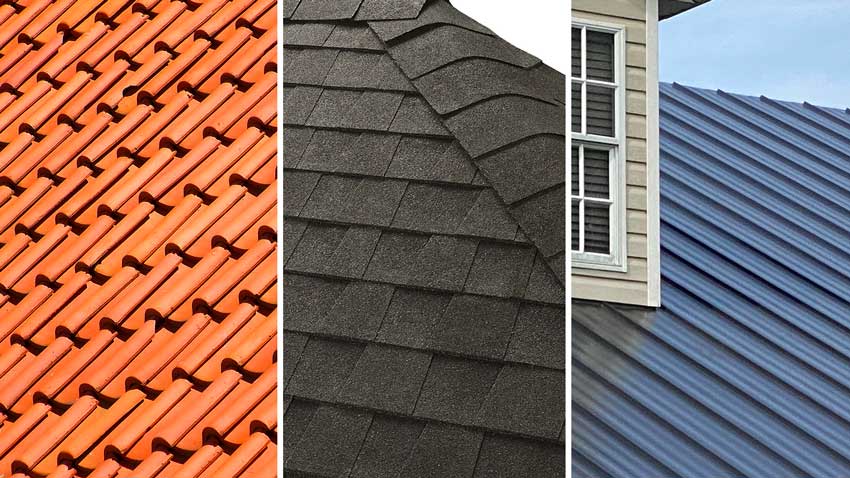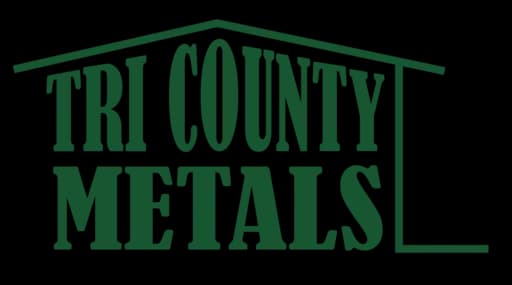The median cost of a house in the United States is over $200,000. That’s roughly twice what it was fifty years ago. With such a big investment, protecting your home with the right roofing system is crucial—starting with the right type of shingle.
Roof shingles might seem like a small detail, but they’re a vital part of your roof. As the outermost layer, shingles defend against water intrusion, UV rays, wind uplift, and even energy loss. Selecting the right type of roof shingle can impact not only your home’s appearance but also its long-term performance and value.
Let’s explore some of the most popular types of roof shingles used in Florida and across the U.S., and help you decide what might be best for your home.
Take the first step
Schedule a fast, no-pressure visit. Since 1987 we’ve got you covered.
Get started1. Asphalt Shingles
Asphalt shingles are the most common and budget-friendly option. They come in two main types: three-tab shingles and architectural (dimensional) shingles.
They’re composed of fiberglass matting coated with asphalt and ceramic granules. The asphalt offers waterproofing, while the ceramic granules deflect UV rays to reduce heat absorption. This makes them a reliable, affordable choice—especially in climates like Sarasota where moderate rainfall and intense sunlight are common.
Asphalt shingles typically last 15–30 years depending on the product line and installation quality. For homeowners looking for balance between performance and cost, this is one of the best roofing materials available.
2. Metal Shingles
Metal roofing shingles are gaining popularity for their durability, longevity, and energy efficiency. They reflect solar heat, helping to keep your attic cooler and your energy bills lower—a major benefit in hot Florida climates.
While they’re more expensive up front, they last 40–70 years and are highly resistant to fire, mold, mildew, and insects. However, some types of metal can be noisy during rainstorms and may dent during hail events.
Interested in eco-friendly options? Metal roofs are often made from recycled materials and are themselves recyclable. Learn more about sustainable roofing in our green roofing guide.
3. Wood Shingles
Wood shingles and shakes offer a classic, rustic aesthetic. Often made from cedar or redwood, they provide good insulation and blend well with natural surroundings.
However, they’re not ideal for humid, storm-prone regions like Florida. Wood is vulnerable to rot, termites, and mold unless regularly treated and maintained. They are also not fire-resistant without chemical treatment. While undeniably beautiful, wood shingles are high-maintenance and not commonly recommended for Gulf Coast homes.
4. Other Types of Shingles to Consider
Beyond the big three, there are other roofing shingle options:
- Slate shingles: Extremely durable and elegant, but heavy and expensive. Requires reinforced roof structure.
- Clay or concrete tiles: Great for Spanish-style homes and very durable, but also heavy and costly.
- Synthetic shingles: Mimic slate, wood, or tile but are lightweight and more affordable. Often made from rubber or plastic composites.
Which Roof Shingles Are Right for Your Home?
When choosing the best shingles for your home, consider your budget, maintenance expectations, and local weather conditions. In Florida, durability, UV protection, and resistance to wind and moisture are key priorities.
If you’re not sure which direction to go, we can help. At SonShine Roofing, we specialize in roof replacement services that suit Sarasota’s climate and your specific needs.
Let Us Help You Choose the Best Roofing Material
Your home deserves the best protection. Whether you’re leaning toward affordable asphalt, long-lasting metal, or another type of roof shingle, our experienced team is here to help.
Want to learn more about the parts of your roof and how shingles play a role in your roofing system? Contact us today for expert advice or to schedule a consultation.















